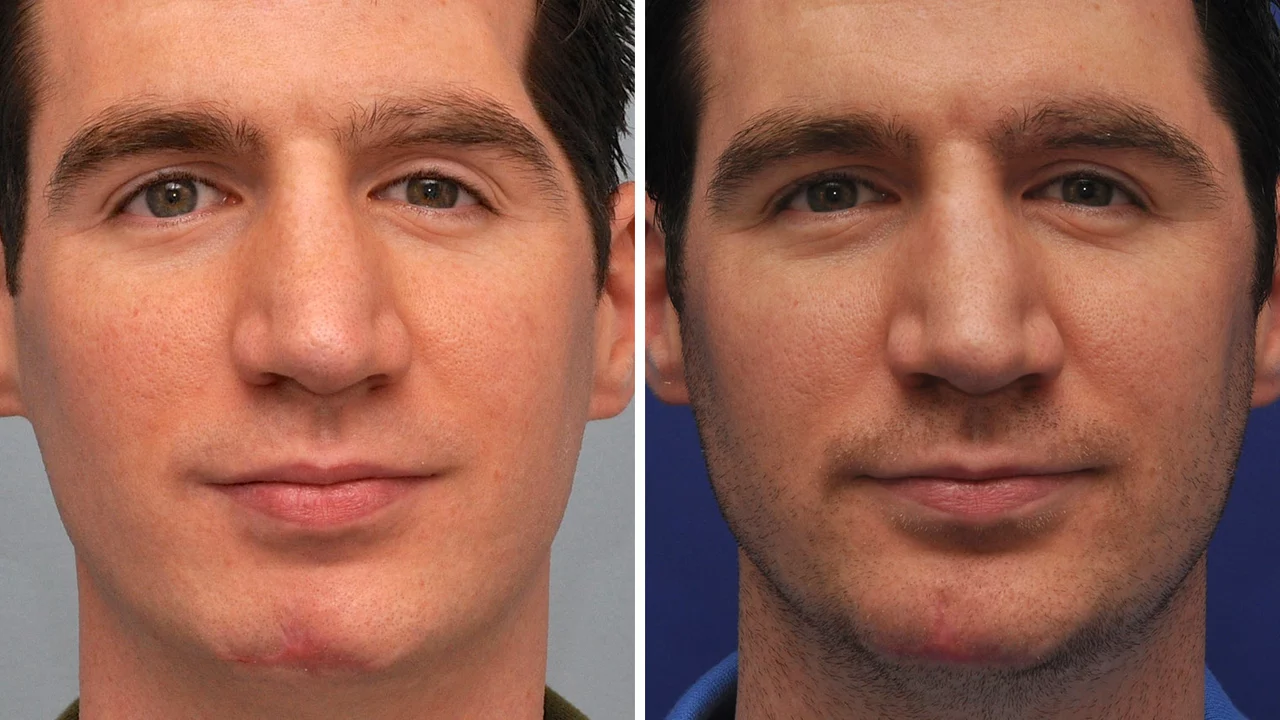Scar healing: simple steps to better-looking skin
Got a fresh cut, surgery scar, or an old mark you want to improve? Scar healing isn’t magic, but there are clear, practical steps that really help. Start by treating the wound right away, then follow proven routines—moisture, sun protection, and patience. Below are easy actions you can take at home and when to seek medical help.
Early care (first days to weeks)
Clean the wound gently with mild soap and water. Don’t use harsh antiseptics that dry the tissue. Keep the wound moist with a thin layer of petroleum jelly or a silicone-based gel and cover with a sterile dressing. Moist wounds close faster and reduce scab formation, which lowers scar size.
Avoid picking scabs. Yes, it’s tempting, but picking stretches healing tissue and makes scars worse. If you have stitches, follow your clinician’s advice on when to remove them—timely removal helps the scar lie flat.
Protect the healing area from sun. UV exposure darkens scars and makes them more noticeable. Use a broad-spectrum sunscreen (SPF 30 or higher) or keep the area covered for at least 6–12 months after the injury.
Long-term treatments and when to see a doctor
After the wound has closed, start a scar regimen. Silicone sheets or silicone gel applied daily are the top OTC option—many clinical reviews show they reduce thickness, redness, and itch. Use them for 8–12 weeks (or longer) for best results.
Massage the scar gently with circular motions for 5–10 minutes a day once the skin is healed. Massage can soften tight, raised tissue and improve blood flow. Combine this with a moisturizing cream or silicone gel to make it easier and more effective.
Topical products like vitamin C serums, medical-grade retinoids, and certain peptide creams can help for pigmentation and texture, but choose formulas suitable for scarred skin and test a small area first. Avoid raw vitamin E oil—evidence is mixed and some people get irritation.
If the scar is thick, raised, painful, or limits movement, see a clinician. Treatments they may offer include steroid injections for hypertrophic scars or keloids, laser therapy to reduce redness and thickness, microneedling to improve texture, or surgical revision for very wide scars. Discuss risks, downtime, and realistic outcomes before any procedure.
Finally, be patient. Scar remodeling can take 6–18 months. Track progress by photos every 6–8 weeks so you can see small improvements. If you’re unsure which route to take, a consult with a dermatologist or plastic surgeon will point you to the most effective, evidence-based options.
Need OTC scar products? NorthwestPharmacy.SU carries silicone gels and medical-grade creams that are easy to use at home. If you want help choosing, contact our team for product suggestions based on your scar type and timeline.

How to care for scars after cosmetic surgery
Taking care of scars after cosmetic surgery is crucial to promote healing and minimize their visibility. It's important to keep the scar clean and moisturized to prevent infection and dryness. Protecting the scar from the sun by using sunscreen or wearing protective clothing is another vital step. Light massage can also help to decrease scar tissue build-up. Lastly, be patient as scars can take up to a year or more to fully heal and fade.
Read More